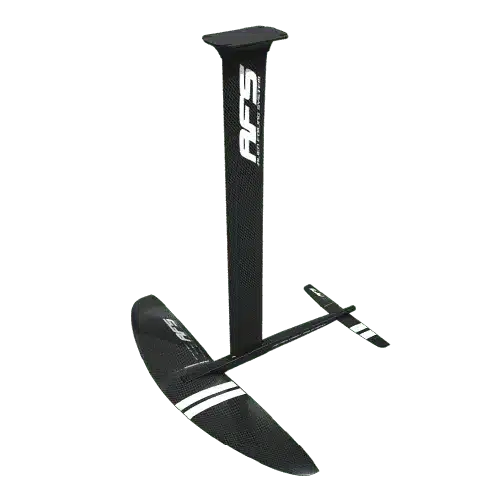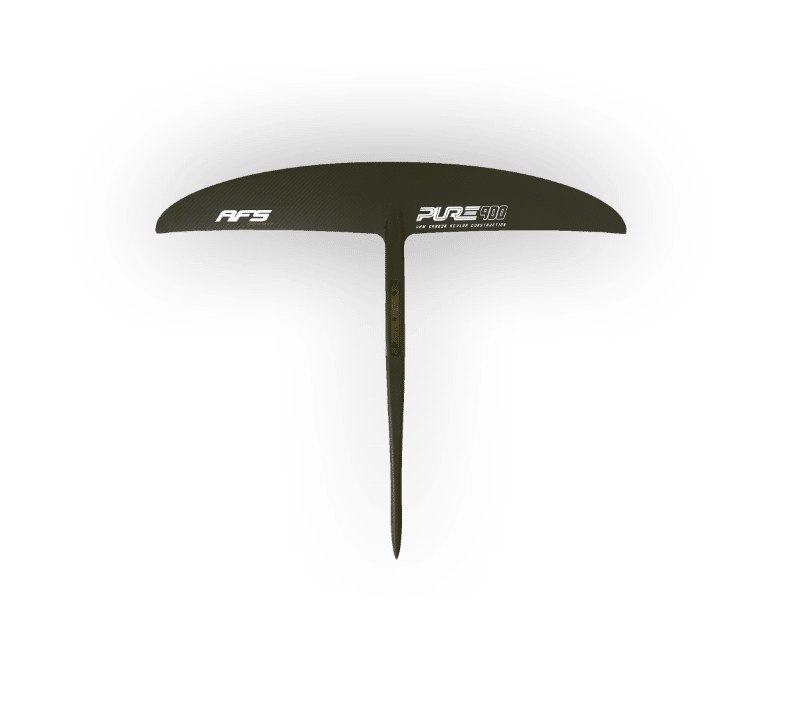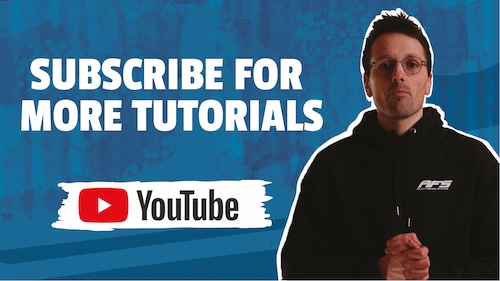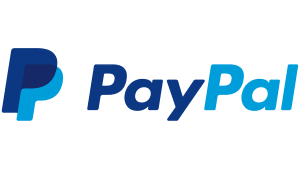Guide downwind 2023
“Downwind” is a nautical practice that consists of sailing along currents and winds, using a board, canoe, Hawaiian outrigger canoe, sea kayak, surf-ski, or prone paddleboard.
The practice of downwind sailing is very old and has recently been modernized with the use of foils and wings. The propulsive force for taking off can be with a paddle or a wing.
On a downwind course, you will let yourself surf and glide with the wind at your back in the direction of the swell. The sensations are simply exceptional.
Before venturing into a downwind ride, it is important to master the practice and prepare well to avoid any unpleasant surprises.
The ideal conditions for practicing downwind
The equipment needed to do a downwind run
Board
For this practice, we mainly recommend a long and narrow board. This will allow for a better ability to take off compared to a board not dedicated to this practice. Generally, we use boards between 6 and 7 feet or even a little more depending on the practices and types of bodies of water.
Foil
To start, it is better to choose a foil with a generous surface area to generate the essential ability to take off. We really prioritize the takeoff ability, and later on, we can look for more specific abilities in terms of glide, speed, displacement, and maneuverability. Typically, the recommended sizes of front wings to start with are generally between 1400 and 2000 cm² (Performer range at AFS). After several downwind runs, we can then move towards foils with more glide and aspect ratio, such as the Pure range at AFS.

Performer Range

Pure Range
A moderately sized mast (between 75 and 85 cm) will generate less drag in the water and therefore facilitate the ability to take off. Later on, we can of course increase the sizes to gain a bit more maneuverability, particularly when the displacement speeds start to increase.
The basic techniques for downwind
Paddle technique
Selection of the first bump
In a downwind configuration, a large part of the work consists of selecting the right “bump” to start on. This is a small wave or micro-chop that is steeper than the others on the surface of the water. To identify it, you need to have some experience and be able to differentiate them from others.
They appear in the form of small trains of waves with a stronger push than the others. Although this push does not last very long, it is abrupt and produces a suction effect followed by a “push” that lasts 2 to 3 seconds. By anticipating with a few explosive paddle strokes during the suction effect, you can acquire enough speed to take off.
Safety tips for downwind paddling
The first thing to do when you go on a long distance downwind is to inform your loved ones, tell them where you are leaving from, what time and where you are going. Do not hesitate to also inform the CROSS (Regional Operational Monitoring and Rescue Center).
As for the equipment, we will present you with the ideal and strongly recommended equipment:
- VHF. This is a high-frequency marine radio that allows you to communicate with the coast or with other people on the water.
- Sécumar type belt. This is a belt that contains a life jacket that works with a CO2 cartridge and a distress flare.
- Fluorescent lycra. It allows you to be seen by the coast, by friends who are navigating with you, and by boats around you.
- Impact vest. Essential, it is worn under the lycra and in case of poor handling and falling, it will absorb the shock.
Certainly, all of these equipments are imposing but important for your safety. Do not neglect them!





